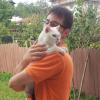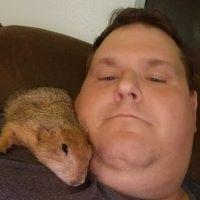Quote:Original post by Deliverance
I think one way of achieving this is to find the convex hull(s) formed by the units. There are a quite a few algorithms to do this, like: Graham scan, Jarvis march etc.
You think so? I don't think those polygons look convex.
I don't
know how it's done, but I can make up a way to do something similar as you suggested with the stencil buffer:
1 - Clear the stencil buffer to zero.
2 - Draw a solid hexagon around each unit to the stencil buffer in "One, always" mode, without stencil testing.
3 - Draw a hexagon-shaped border around each unit to the color buffer, with stencil testing (of the "only draw if stencil buffer is one and z-test passes" variety).
The other thing I can imagine someone doing is generating the outline geometry on the CPU by finding a level curve of an influence function of your units. You'd do this with a... damn it, forgetting the word; you flip simplices around... it's like marching triangles but instead of testing all triangles on the plane, you start with one which is known to straddle the curve and then repeatedly flip it along the curve... ah, yes:
Simplicial continuation.
 To
To
 I'm referring to the selection decals merging together when the two groups move together.
I've been wondering how this is achieved. My thinking was that all of the decal geometry is rendered to the stencil buffer, or something similar, and that is used to generate an outline somehow? Anyone enlighten me
I'm referring to the selection decals merging together when the two groups move together.
I've been wondering how this is achieved. My thinking was that all of the decal geometry is rendered to the stencil buffer, or something similar, and that is used to generate an outline somehow? Anyone enlighten me






